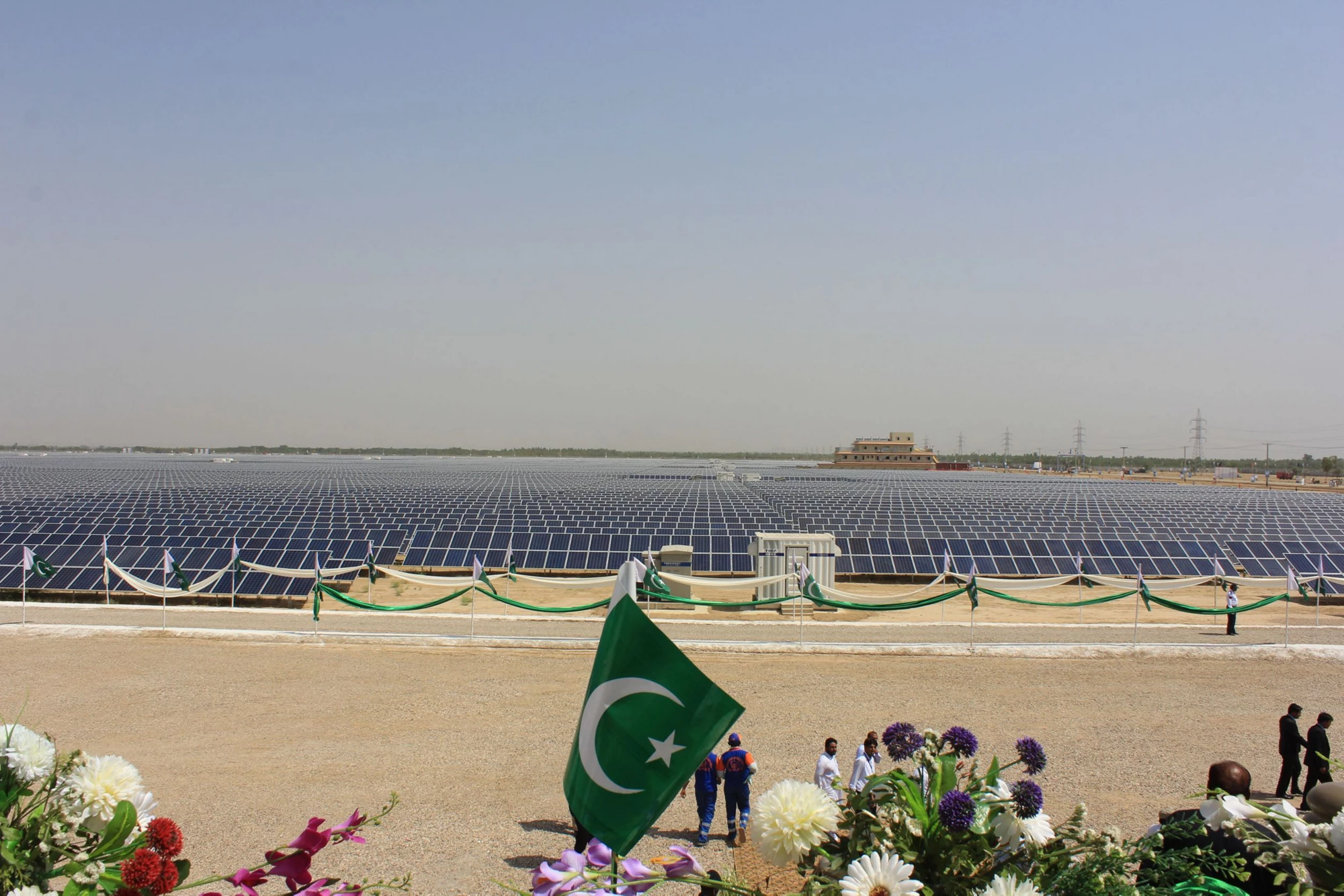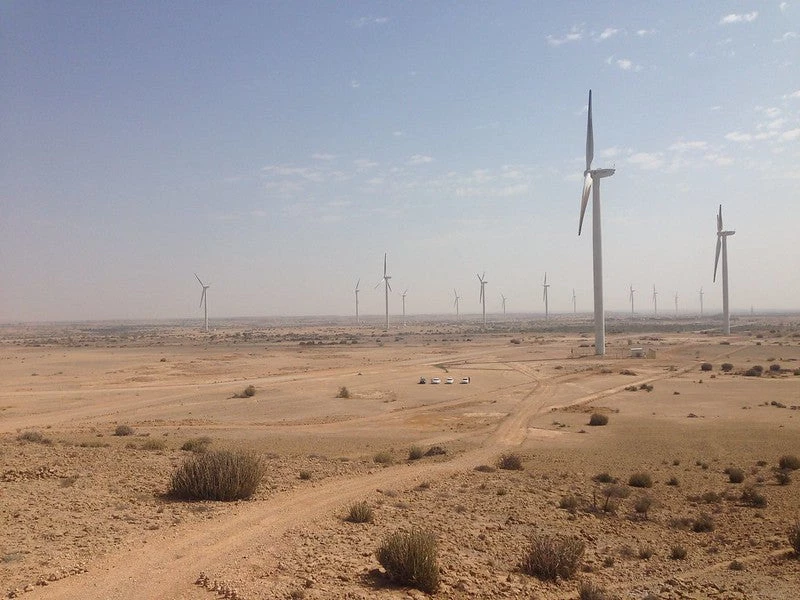 solar panels
solar panels
Perhaps there can be a silver lining from the current load shedding--or planned power cuts due to insufficient supply--that is affecting the electricity sector in Pakistan: the immediate implementation of competitive bidding for new solar and wind capacity. For the last few years, the dominant narrative around the electricity sector has been one of “surplus capacity”, which has been used to justify postponing the procurement of new solar and wind. One of the concerns is that because the power sector must pay legacy fossil fuel generators regardless of whether they generate power (this is called “capacity payments”, for the capacity they provide to the system), adding additional capacity will further harm the financial viability of the sector. However, the current crisis illustrates the folly of such short-term thinking.
As highlighted in a report just published by the World Bank – “Variable Renewable Energy Competitive Bidding Study” – competitive bidding, whereby the government contracts for new power supplies through a reverse auction process based on the tariffs offered by different private sector developers, must start in 2022 to meet the requirements of the government’s Indicative Generation Capacity Expansion Plan 2021-2030. This envisages 2 Gigawatts of additional solar and wind capacity coming online from 2024 onwards, with further additions in subsequent years. Previous analysis published by the World Bank suggests that the IGCEP 2021-2030 targets are not ambitious enough, with scope for a more aggressive expansion of variable renewable energy. Considering the heavy reliance on expensive fossil fuels – which have dramatically increased in cost over the last few months – Pakistan would be saving money right now if it had been more ambitious in the past, even allowing for capacity payments.
Pakistan can get up to 20% of total power capacity from variable renewable energy simply by focusing on existing substations.
Implementation of competitive bidding will need to be taken forward by both the federal government (under the auspices of the Alternative Energy Development Board) and the provincial governments through a coordinated process. In addition to launching a competitive bidding process for the existing “Category 3” projects (those for which Letters of Intent have been issued under the previous policy regime), there is huge potential for quick wins by identifying substations that have surplus integration capacity and then designing a competitive bidding process involving a large number of such sites. As noted by the World Bank in our last study on this topic, the country can get up to 20% of total power capacity from variable renewable energy simply by focusing on existing substations, mainly resulting in a series of relatively small solar projects spread across all provinces.
To reach the longer-term targets will require larger renewable energy (RE) developments. This will involve the identification of strategically located sites – mainly in Balochistan and Sindh – for dedicated RE Parks with co-location of solar and wind where resources allow. Work on such parks needs to begin immediately under a “shared infrastructure” approach whereby the public authorities identify and develop the sites, and then organize rounds of competitive bidding to allocate solar and wind projects to private developers within them. New transmission lines will be required in some cases, which could be constructed by the private sector, public transmission companies, or under a public-private partnership model. Looking at the World Bank’s experience of this model in India, it is possible to obtain very attractive prices under the shared infrastructure approach, especially if concessional financing can be brought into the mix.
Rooftop solar can be delivered quickly and at a relatively low cost, while avoiding the need for additional transmission & distribution infrastructure.
Finally, it is important that we don’t underplay the role that distributed solar – and, in particular, rooftop solar – can play in meeting growing electricity demand. As highlighted by the recent installation of 20 MW of rooftop solar on over 30 hospitals in Sindh under a World Bank financed project, rooftop solar can be delivered quickly (in 6-12 months) and at relatively low cost (as low as $530 per installed kilowatt of capacity, although costs have risen more recently), while avoiding the need for additional transmission and distribution infrastructure. Many businesses and households are getting in on the game due to high electricity prices and net metering arrangements, but it is now important to consider how this market can be made sustainable in the long run, for both consumers and for electricity distribution companies. This is the subject of some work we have ongoing, which we hope to publish soon.
In the meantime, there really is no excuse for delay. While implementation of competitive bidding will not solve today’s load shedding issues, it will help put the power sector on a path towards greater energy security and sustainability. Competitive bidding must therefore be implemented in 2022 and at the World Bank we stand ready to support the federal government and the provinces in making this happen.



Join the Conversation